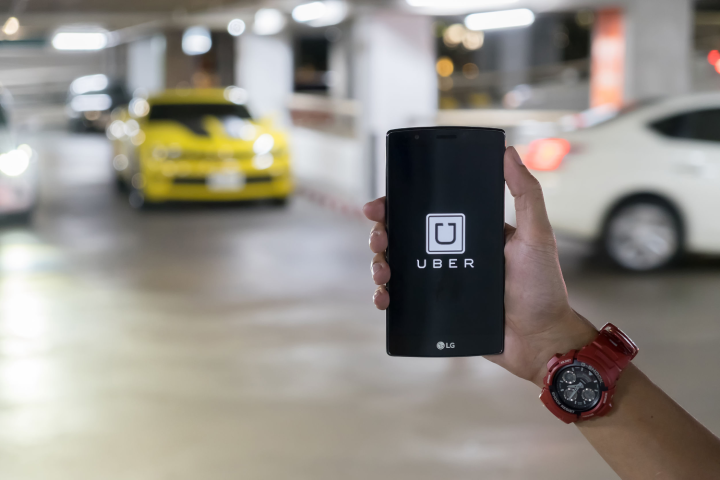
What makes Uber relatively more convenient than traditional taxis is the ability for riders to register their credit and debit cards to their profile. Not only does this make transactions more secure, but it allows an easier way to verify passengers and track them down if need be.
At the end of July 2016, however, Uber allowed riders to pay with cash as a means to increase growth in Brazil. The idea is that, since credit cards are less common in poorer countries, being able to pay for your Uber ride with cash would be the catalyst for increased growth in such regions. So far, that business strategy has worked for Uber, which saw 15 percent growth in its São Paulo operations throughout 2016. The company also saw at least 30 percent of rides in Brazil paid in cash, with reportedly higher rates in poor areas in the country.
However, cash payments might also be the reason for increased assaults against Uber drivers in the country. According to numbers gathered by Reuters, the average number of attacks involving Uber drivers increased from 13 per month from January to July 2016 to 141 per month from August through December of that year. By comparison, assaults involving regular taxi drivers increased by a third during the same period.
Even worse, there have been six confirmed murders of Uber drivers in Brazil since September 2016, with local outlets reporting that over twice as many murders have taken place.
Reuters acknowledges there is a margin of error in these statistics, since the statistics potentially include assaults on passengers. Even so, these are grim, but not entirely surprising, numbers — Brazil features 21 of the 50 most violent cities in the world, according to The Economist.
Uber responded to queries and confirmed that “additional safety measures” are in the works. One such measure involves a rider verification feature that requires riders who opt for a cash payment to enter their Brazilian national ID number before they can request a ride. Some cities also feature a pilot program that allows a driver to opt out of cash payments.


